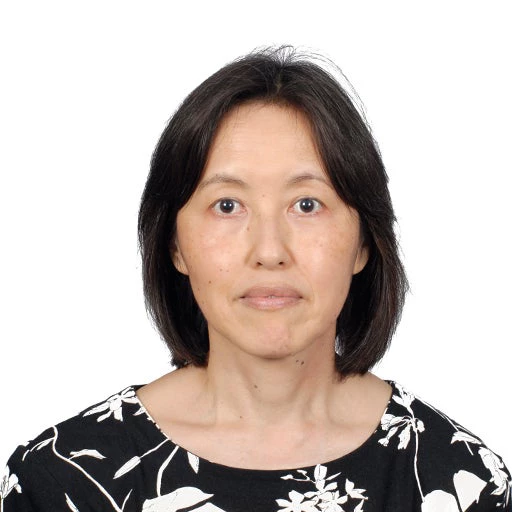
Pic: Aarthi Sivaraman/World Bank
“If there is one thing that could really help my business, it would be reliable power supply,” said David, a small business owner in Lagos, on my recent trip to Nigeria.
“I agree. If only …,” echoed another.
And not without reason.
Africa lags every other region in the world when it comes to electricity access for its people. Only one in three Sub-Saharan Africans has access to electricity. That’s less than half of the rate of access in South Asia , the region with the second-lowest access rate. If we were to measure access to “reliable” electricity, then those numbers would be even more dismal.
Worryingly, the rate of access has been increasing at a mere 5 percentage points every decade, against population growth of 29 percent. If something is not done to dramatically change this trend, Africa will not see universal access to electricity in the 21st century. This is a seriously worrying prospect as the world races toward a 2030 deadline of universal access to electricity.
The target of achieving universal access by 2030 by the U.N.’s Sustainable Energy for All initiative and the billions of dollars committed by the U.S. government’s Power Africa plan underline the urgency of the situation. As a reminder, more than 1 billion people around the world still live without access to electricity and 600 million of those live in Africa.
So, are Africa’s utilities financially equipped to respond to this call?
What can be done to ensure that poor people can both afford and have access to reliable, safe electricity? What if households cough up a lot of money to connect, only to face hours of power outages daily? And can the utilities afford to subsidize power for those who cannot afford it but need it the most, and stay in business at the same time?
That is possible, according to a new World Bank regional study that examines the power sector in Africa. The study collected data from utilities in 39 African countries, examined electricity prices in detail in another 39, and analyzed data from national household expenditure surveys in 22 countries. The study asked the following questions:
- How viable are the utilities financially?
- What would it take to make Africa's poorly performing utilities financially viable?
- How affordable is electricity for households? What would it take to make grid electricity affordable to poor households?
- Do the factors determining electricity use affect households headed by women differently from male-headed households?
We also found that the initial cost of connecting to individual electricity meters is beyond the reach of many households and the practice of multiple connections to a single meter is widespread. Multiple connections to a single meter make several poor households look like one rich household to the utilities. As a result, the poor cannot benefit from “lifeline rates”—low rates many countries offer to help the poor.
These findings suggest a number of policy options to address the problems identified. The solutions have to be tailored to each country’s unique circumstances and history. But it is easier to assess your situation when comparison with peers of utilities is readily available, benchmark performance is laid out, and concrete suggestions have been made.
And there is cause to be optimistic.
For example, a recent targeted subsidy program in Kenya for slum electrification, financed by the World Bank and the Global Partnership on Output-Based Aid, helped many households connect to legal electricity.
“Compared to the illegal power, it has better and brighter light,” a resident told a reporter from Parastatal Africa last year. “It just as cheap as the illegal power, but it’s safe, so we embrace it.” Such sharp targeting of subsidies, combined with efforts to maximize operational efficiency, are some of the ways forward, as detailed in the study.
This study was supported by the Africa Renewable Energy and Access Program (AFREA), with funding from the World Bank’s Energy Sector Management Assistance Program (ESMAP).
Also read this blog post on eight things we know about water and electricity utilities in Africa.


Join the Conversation